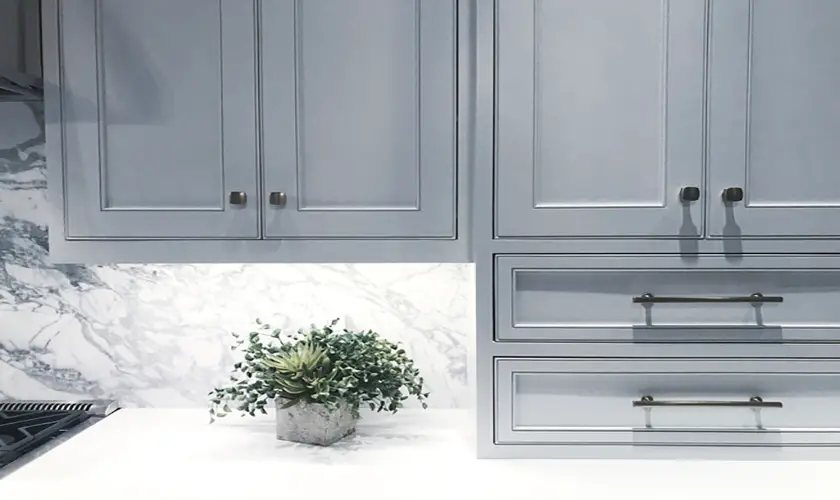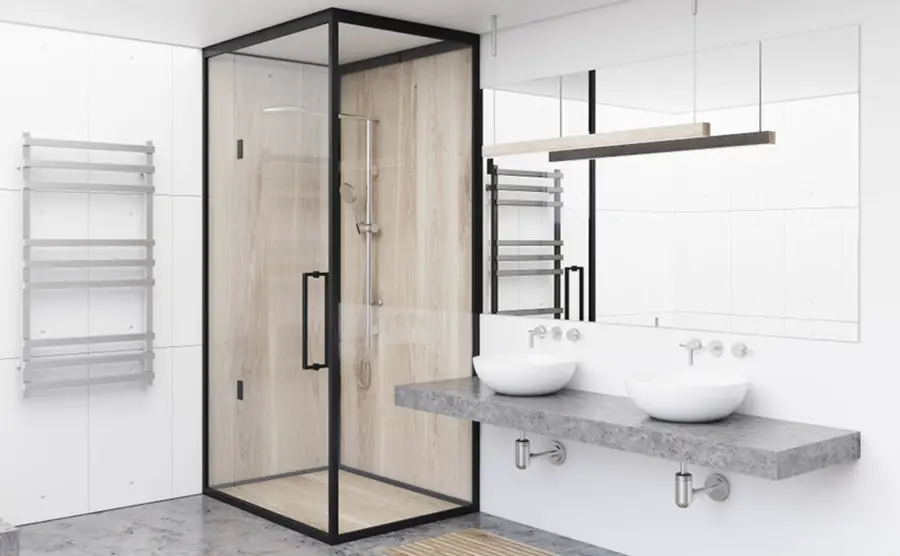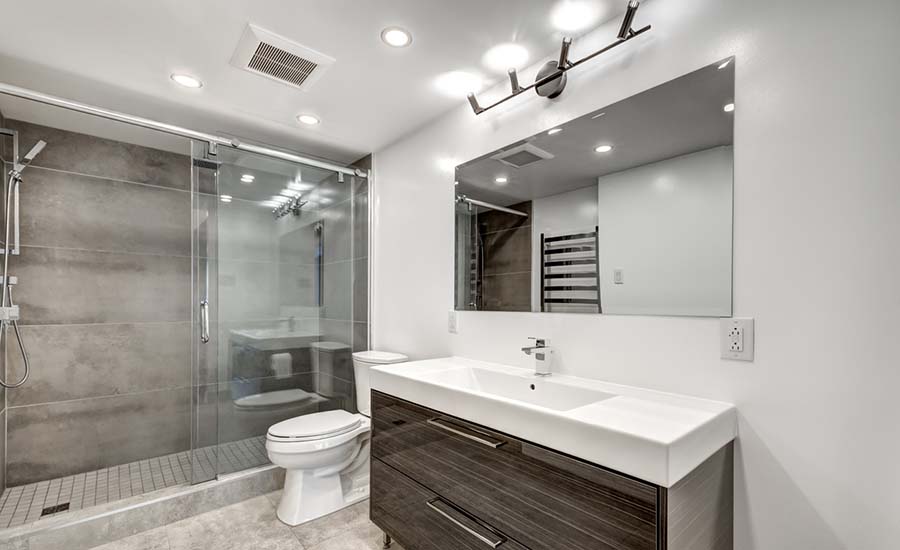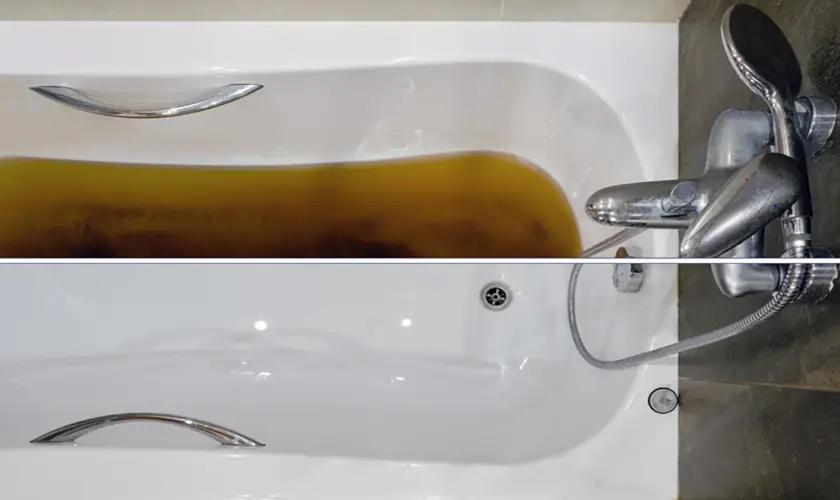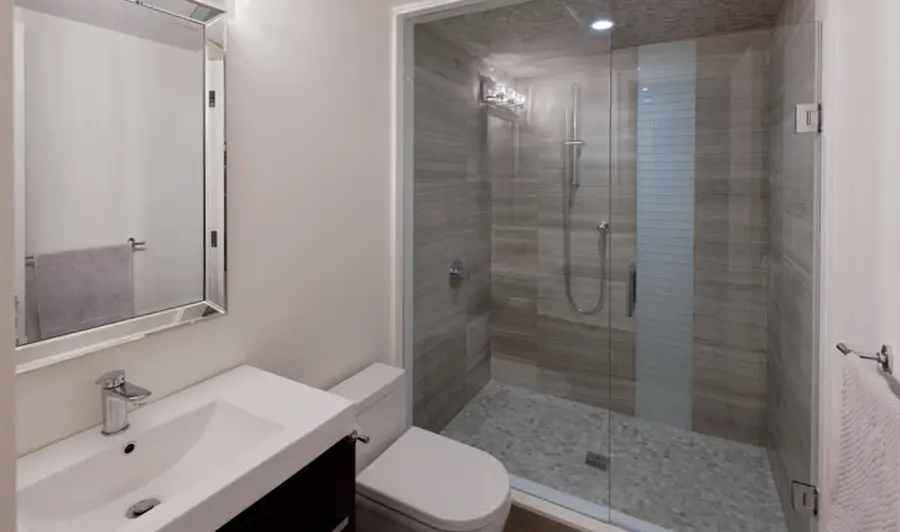
When your toilet starts acting up, you will inevitably have to start looking for every solution under the sun to fix it. There are many ways to fix a clogged toilet, and using baking soda is a quick and easy option.
Using baking soda and white vinegar is a great and effective way to unclog your toilet. Pour a cup of baking soda into your toilet bowl, and then slowly add an equal amount of white vinegar. Once the fizzing reaction has subsided, thoroughly scrub your toilet, plunge it, and then flush.
This is just the basic setup needed to have your toilet unclogged using baking soda and other household items. Many homeowners have learned through high costs and many headaches that there are several things that you need to be careful about, as the baking soda cure only works up to a certain point.
Items You Need to Unclog Your Toilet Using Baking Soda
Usually, you would turn to use baking soda when you have almost no tools in the home. However, you may find yourself buying the right things as you go through the ordeal. We recommend that you have a few essential pieces in all bathrooms on hand when preparing your cocktail.
While two of the things that you will need are pretty obvious, many people have made the mistake of not having the right tools at hand. Assuming quite mistakenly, their toilets would never be clogged, messy, or even need any repairs, leading to toilet problems that spiral out of control.
Below is a basic list of the ingredients and items that you need to unclog your toilet using the baking soda method:
- Baking Soda – We highly recommend buying baking soda that is in a can, this way, you already have a perfect measuring cup. Almost any baking soda brand would work; however, we recommend not using the most expensive kind, as that would be flushing money down the toilet.
- Vinegar – Preferably, you should be using white wine vinegar for this chemical reaction; brown or red vinegar is not pure enough. Many people have white vinegar in their homes as an ingredient or even in the garage as an emergency solvent.
- Cleaning Brush – Meant after the whole clogging issue has been solved, you will want to wash the entire toilet and bowl. It is cleaning the bathroom, and whatever residue may have been made by the materials that were causing the clog, enjoying a nice clean bowl instead of something crusty.
- Plunger – A plunger is easily the essential friend to any homeowner or renter in the whole world. We highly recommend that you have it on ready, as a bit of plunging will help to unclog whatever is causing the clog in your toilet.
- Water – Flushing will only take you so far; with many clogs, the trick to dislodging them is having so much rushing water it cannot stay put. Once the baking soda and vinegar have started to do their magic, it can be beneficial to have a bucket of water nearby to force it all down.
How to Unclog Your Toilet Using Baking Soda
Now that you have your tools, baking soda, and vinegar lined up neatly on the shelf in your bathroom, you need to know what to do. The steps required to unclog your toilet with these two ingredients are quite easy, but there are plenty of opportunities to make mistakes.
If you have the ingredients mixed wrong or have too much, you will end up with a toilet volcano; having them mixed properly will stop this from happening. A toilet clog can be a significant pain to deal with, and many people make the mistake of blindly throwing things at the toilet, hoping something will work.
Below I’ll walk you step-by-step through the entire process of unclogging a toilet using baking soda from preparation to clean up and everything in between.
Step 1: Adjust Your Toilet’s Water Level
You must do this before adding any of the ingredients, preferably adjusting the water in the bowl to be as little as possible. Unclogging your toilet will not be an enjoyable process if there is too much water in the bowl. If the water is too low, the reaction won’t reach, and the response will not be aggressive enough.
Depending on the size and severity of the clog in your toilet, you can leave the toilet to slowly drain until it reaches the right level. Otherwise, you can add boiling water to your toilet, helping to loosen or melt any fats in the clog and allowing the water level in the bowl to go down.
Step 2: Add Baking Soda
For most clogged toilets, use 1 cup of baking soda. For a big clog, we recommend adding only one-quarter of a cup of baking soda at a time, allowing it to eat away at the clog as you go. You can treat smaller clogs by adding the entire cup of baking soda at once, allowing it to mix in with the water and settle around the clog and the toilet.
You must add the baking soda first, as the baking soda does not react with the water almost at all, just creating a light layer of fizzling. If you see the need to, you can also mix the baking soda with the water, ensuring that it reaches your toilet’s deeper areas.
Step 3: Add Vinegar
As soon as you add the vinegar, the aggressive reaction between it and the baking soda will start, causing bubbles and foam to rise rapidly. The vinegar should be added to the same ratio as the baking soda, ensuring that the reaction is as aggressive as possible.
We recommend not pouring the vinegar in too fast, as this can cause the reaction to happen relatively quickly, leading to an uncontrollable series of events. You want the response to the only fizzle inside the toilet bowl near the clog, not bubbling up and outside the toilet bowl.
Step 4: Wait for the Fizzling to Stop
The fizzling will start once the vinegar reaches the baking soda; however, the reaction will not be as short as you might expect. As the vinegar sinks deeper, it will react with the baking soda at the bottom of the toilet, usually where the actual clog is.
Wait until the fizzling has settled and gone throughout the toilet bowl, then waiting at least 20 to 30 minutes for it to calm down. If you have a deeper clog, we recommend leaving the fizzling overnight; you will know this has worked when the water level in the toilet bowl starts to drop.
Step 5: Scrub with a Cleaning Brush
We recommend scrubbing your toilet with a brush before, during, and after you have added the mixture to your toilet bowl. It may be odd and feel a bit uncomfortable, but we recommend that you do this to ensure that the mix is reaching everywhere and it’ll clean your toilet.
Most people will add the baking soda and vinegar mixture to their clogged toilets; while this can unclog a toilet, it will only remove surface-level buildup. Using a cleaning brush to ensure that the reaction reaches every bit of your toilet is the best way to get a complete clean.
Step 6: Plunge the Toilet
Only meant for more stubborn clogs, the plunger is your best friend to ensure that your toilet is going to be wholly unclogged. You can often unclog the toilet with just the plunger, but using it to help push the baking soda deeper into your pipes can help remove the clog faster.
We have seen many people not use plungers before when trying to unclog their toilet, and they usually end up facing the clog again later. The trick to unclogging a toilet properly is to make sure you push the gunk that’s clogging your system far down the drain pipe.
Step 7: Flush Several Times
After the fizzling, the scrubbing, and the plunging, you need to make sure that water flows correctly again. If you have flushed the toilet once successfully, we highly recommend that you flush three to four more times to ensure that everything is flushed away and there aren’t any remaining clogs in your pipes.
This is the step that a surprising amount of people forget to do and will cause the most headaches down the road. If the clog has only been broken up but not pushed out of your drain systems, it may come back to haunt you and cause a lot more problems as you continue to use your toilet.
How Effective Is Using Baking Soda?
The effectiveness of using baking soda to unclog your toilet will depend heavily on the type of clog that has built up in your pipes. Most toilet clogs are organic and can be broken down with the reaction that occurs from baking soda, but other clogs composed of hairs are harder to dislodge.
If you have done the baking soda and vinegar unclogging method several times and the toilet stays clog it is a sign of a much larger problem. You will have to call a plumber to snake and inspect your home’s plumbing, as these types of clogs are challenging to get rid of on your own.
Baking soda cannot break down calcium build-up or rusted parts accumulated within a house’s plumbing. You need to break up and flushed down calcium and rust buildup physically.
Some clogs require you to replace the pipes, but this usually occurs in older homes built before PVC pipe was widely available and used.
Are There More Effective Ways to Unclog a Toilet?
Yes, there are more effective ways of unclogging a toilet than the baking soda method. There are specialized tools made to snake their way down the drain. These tools break up and destroy any clog or debris that gets in their way within your piping system.
| Toilet Unclogging Method | Benefits | Disadvantages |
|---|---|---|
| Plunger | Super quick, inexpensive, and easy | Not good for large clogs |
| Drain Snake | Good for difficult clogs | Expensive and time-consuming |
| Baking Soda Mixture | Very simple and inexpensive | It won’t help much with bad clogs |
However, it’s not practical for most homeowners to buy these specialized tools for unclogging toilets because you’ll rarely use them, and it’s not worth the cost. It’s best to use a plunger or baking soda for small clogs and call a plumber for more serious ones.
There are a few fringe products that you can buy that will unclog your toilet with a chemical reaction, usually being acidic-based. These chemicals usually don’t do an outstanding job of unclogging your toilet, and they can pose a serious health risk to you and others.
Wastewater treatment facilities often cannot filter out these chemicals from water, causing damage to the environment and unprotected pipes.
Why Is Baking Soda and Vinegar So Effective?
From the research we have done, it’s a combination of reactions when baking soda and vinegar combine that this toilet unclogging method so effective. The vinegar does turn acidic, while the fizzling introduces bubbles that break up the loose parts of the clog, making water flow around it.
The acidic reaction is excellent at burning away any fats, while the fizzling causes a disturbance around the clog that it would not normally experience. Once you disturb the clog enough, the pressure of the water can break it up the rest of the way and push it down the drain.
If clogs start to exist and the water always flows the same way, even boiling water won’t break down a clog. However, when a fizzling, acidic reaction starts to react around the clog, it cannot keep its structure, breaking away and eventually washing away with the flow of water.
What Are the Effects of Using Baking Soda to Unclog a Toilet?
Because it is an acidic reaction that you are using to clean the clog away, the entire toilet will be cleaner, as the stains are also attacked. This is why we recommend scrubbing during the reaction, as it will clean the entire toilet, not just break the clog down that is stopping water flow.
Many people mistakenly think that any acid will work, but the acidic reaction with baking soda does not attack metals or plastic. This is why other acids are so dangerous to use; the acid can eat through your internal pipes, causing permanent long-term damage.
You may find that your entire plumbing starts working better as well, especially if your clogged toilet is the furthest pipe away from the main drain. The baking soda and vinegar may sit in your pipes and attack any other clogs accumulating inside your house.
How Long Will The Reaction Last?
Depending on the amount of baking soda and vinegar you have added, the reaction may last for several hours. The acidic mixture created stays acidic until everything has dissolved or the reaction has reached its conclusion.
This is why leaving the reaction overnight will significantly help the clog be eaten away, creating a good amount of dissolved organic material. Further, if you have added too much of both ingredients, the acid will naturally go into your pipes, dissolving the clogs forming there.
We do not recommend just adding baking soda and vinegar to the pipe system when cleaning the toilet. However, this can have detrimental effects as the acid can damage specific parts of your pipe system if you are adding it too often.
Conclusion
Baking soda will quickly unclog your toilet if you mix it with vinegar. The resulting acid and fizzling reaction will easily break away any organic clogs. If you find yourself with a stubborn clog, hiring a plumber and fixing any problems you may have with your plumbing system will always be worth it.
Whatever you do, please always ensure that you do not add too much of either ingredient and suddenly cause a volcano toilet!



